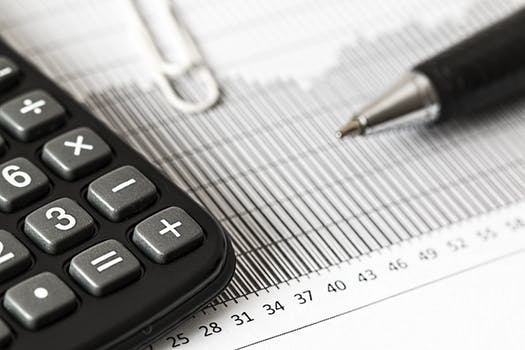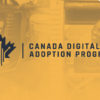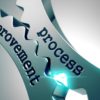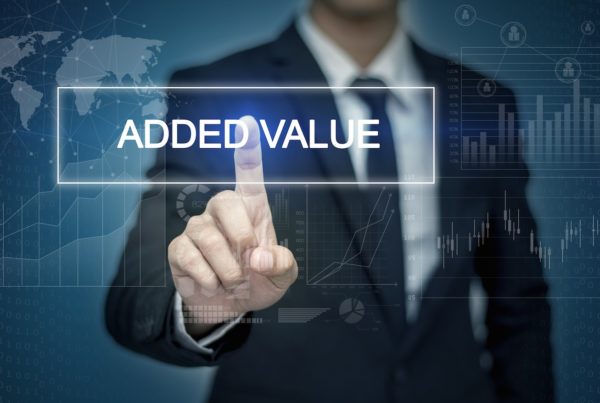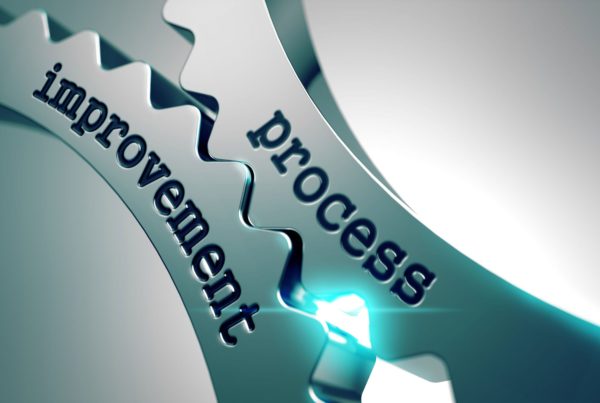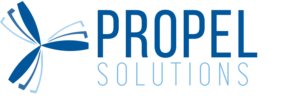What is the cost of doing business? (Budgeting for Expenses and Asset Purchases)
Expenses are one of the easiest levers to pull to react to the market. You can increase or decrease expenses and delay or expedite purchases in order to pivot quickly. You also likely have a strong sense of what it takes to operate your business but you can elevate your understanding by breaking down your costs further into Fixed and Variable costs.
Similarly to sales and revenue, you can predict your costs based on historical averages, planned business activities in the upcoming year, and changes to the market which could affect interest rates, salaries, and costs of goods. Start your expense budgeting by applying the same three layers of assumptions to your costs as you did to estimate revenues. Further to this, you can divide your costs into fixed and variable expenses:
Fixed and Variable Costs
Expenses can be broken down into two major categories: Fixed and Variable. Understanding the distribution of your expenses in each category is important because it will help you understand how to leverage your existing department (fixed) and what is required to produce more output (variable).
Fixed costs are the expenses which do not increase or decrease dependent on your output. Fixed costs include rent, salaries (payroll will not change dependent on your output), insurance, etc. Understanding your fixed costs will help you understand the department’s break-even point. In other words, what is the minimum number of sales that are required to pay all the bills.
Variable costs on the other hand, will increase as volume of product or service increases. Variable costs include raw materials, utilities, direct labour, commissions, etc. that are dependent on the volume of sales. Variable costs often decrease as volume increases because of economies of scale.
Understanding the fixed and variable costs in your control will help you make decisions and leverage your existing resources to produce more efficiently to help realize your goals.
Asset Purchases and other Cash Requirements
In addition to understanding the fixed and variable costs of running your department or business, you should have a clear understanding of any asset purchases that will be required in the upcoming 1 -3 and 5-year time-frame. These assets should be related to either the cost of doing business (replacing machinery) or the cost of expansion (increasing output, property, etc.). These asset purchases will show up on your budget as new monthly debt service, or a lump sum purchase, depending on the size of the purchase. Additional cash purchases you may need to consider are the costs associated with expansion plans: HR costs with hiring and training new teams, marketing campaigns to reach a new audience, R&D to innovate a new product. These cash requirements will align to the growth strategy and long-term organizational goals.
Similarly, to estimating revenue, expenses should be estimated using a layered approach.
In summary:
- Expenses are estimated based on historical results, upcoming changes to the growth trajectory, and market conditions.
- Dividing fixed and variable expenses into two categories will provide you with a better understanding of your department’s activities and help make better business decisions
- Define your asset purchase plans and other cash requirements which will help develop a Cash Flow statement (further detailed in mini-series part 4)
Questions? Contact Us
If you want to learn how to instill a culture of Continuous Improvement within your organization contact us at Propel Solutions today. We specialize in creating high performing teams and have a proven track record of powerful results.
Propel Solutions
- 📍 789 W. Pender Street, Vancouver, BC, Canada
- 📞 604-346-5185

